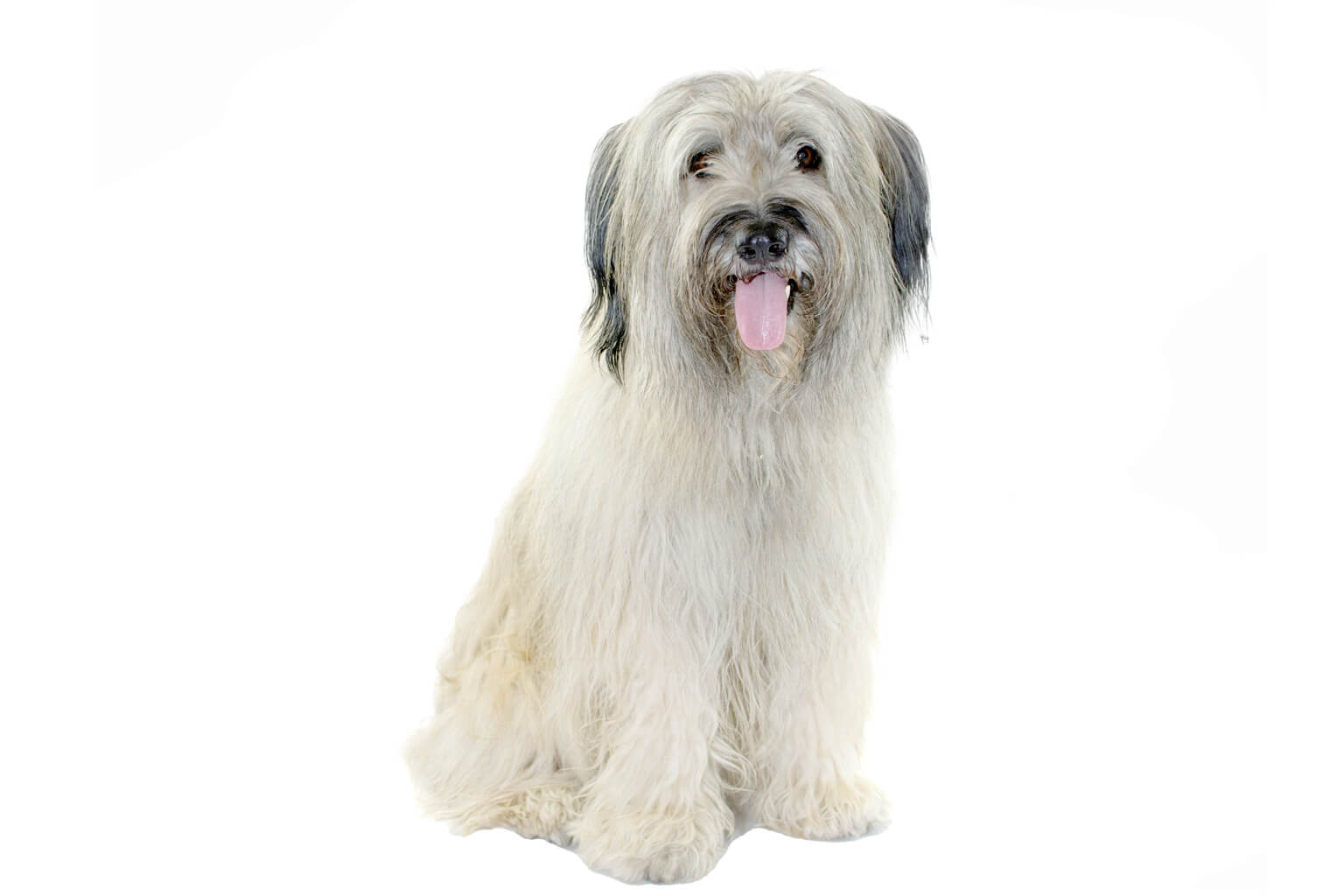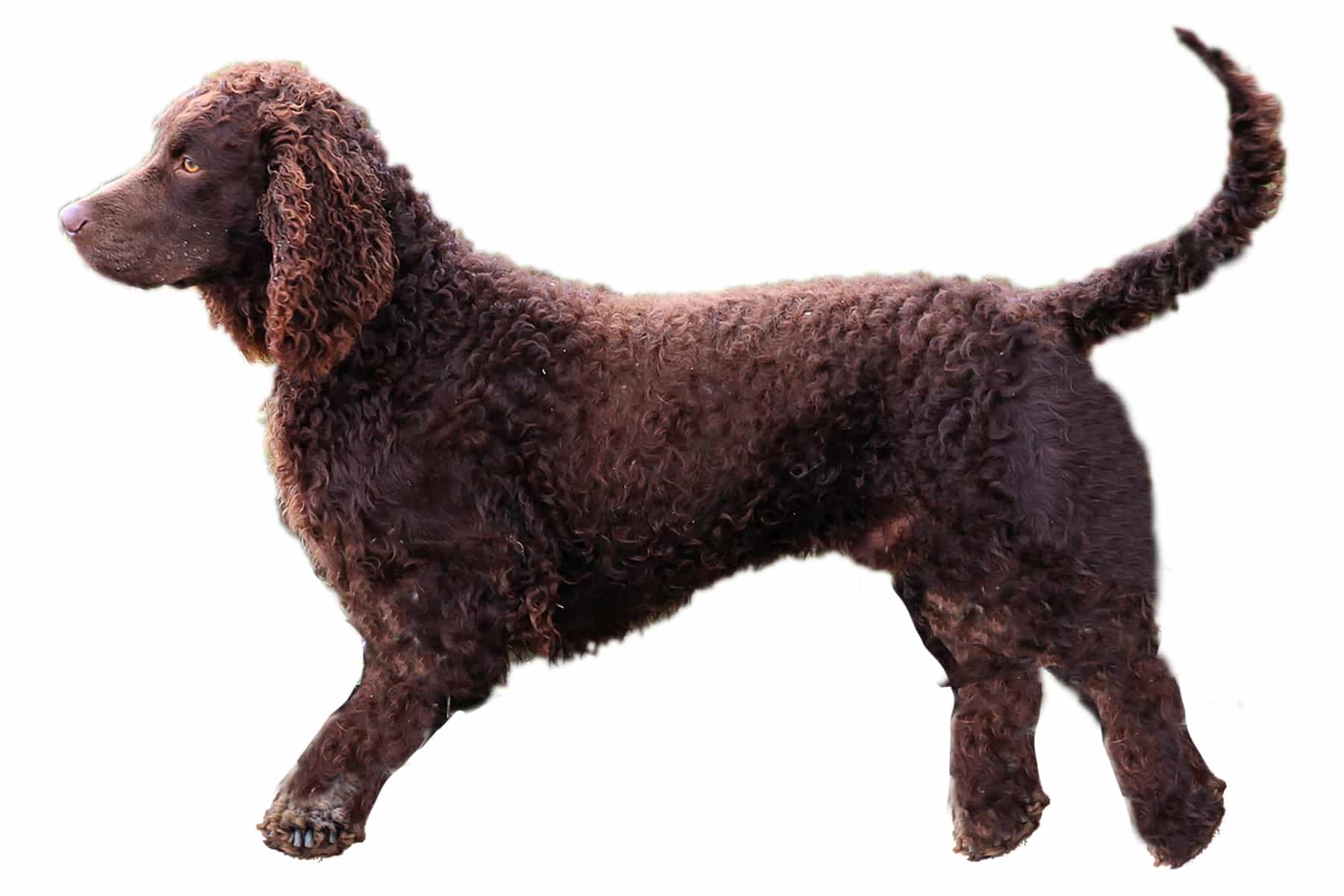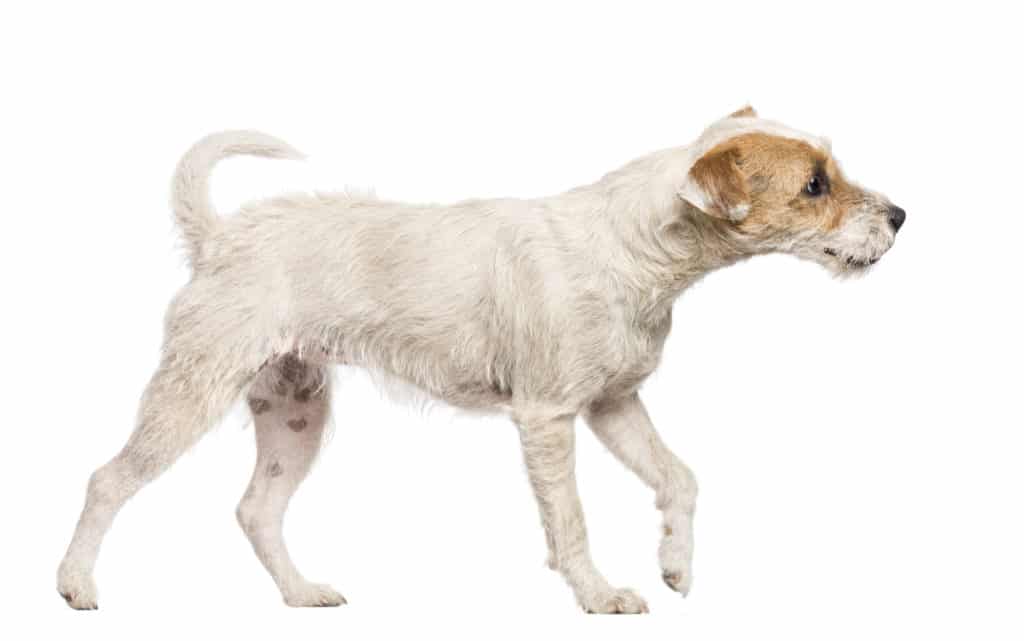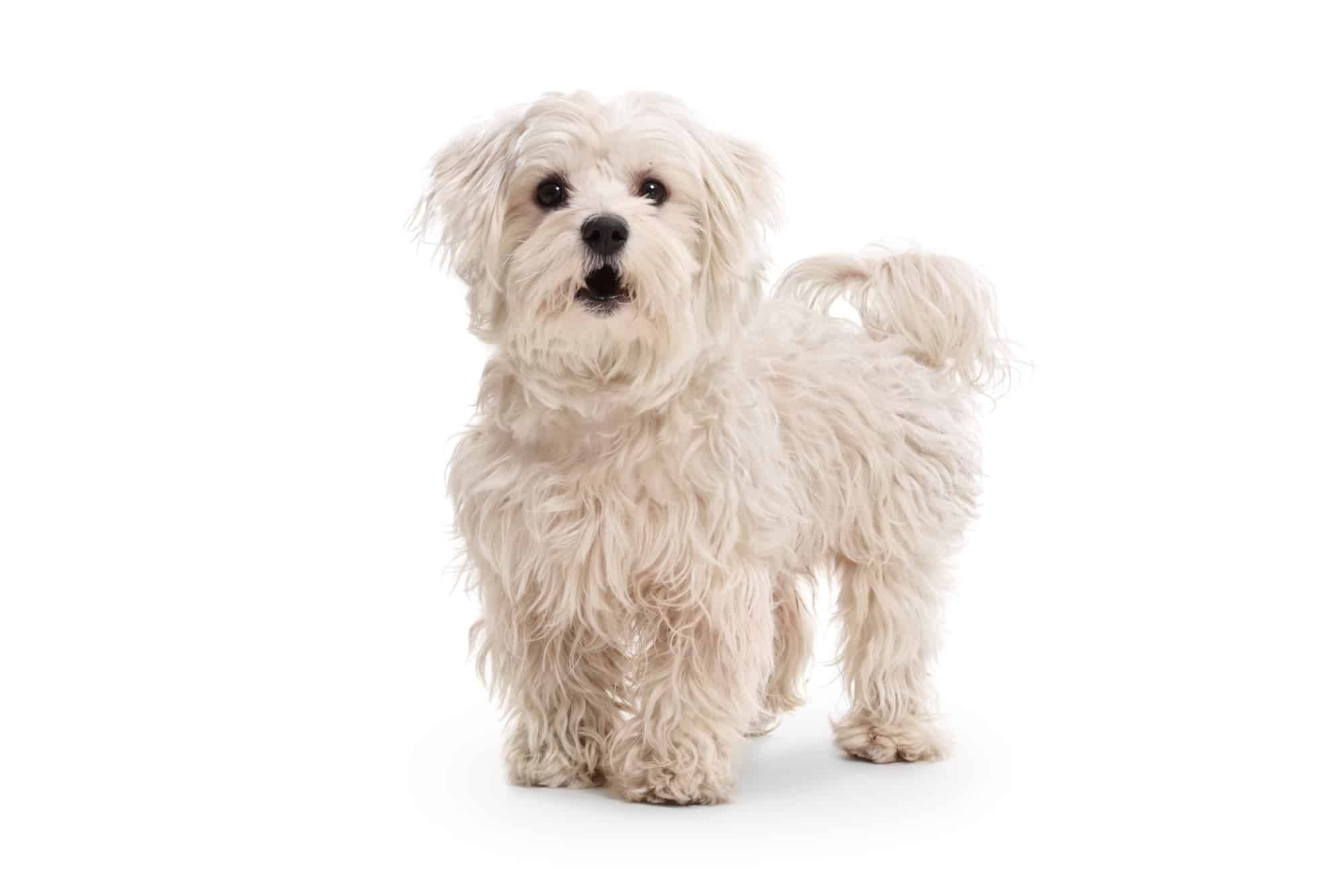Poodle
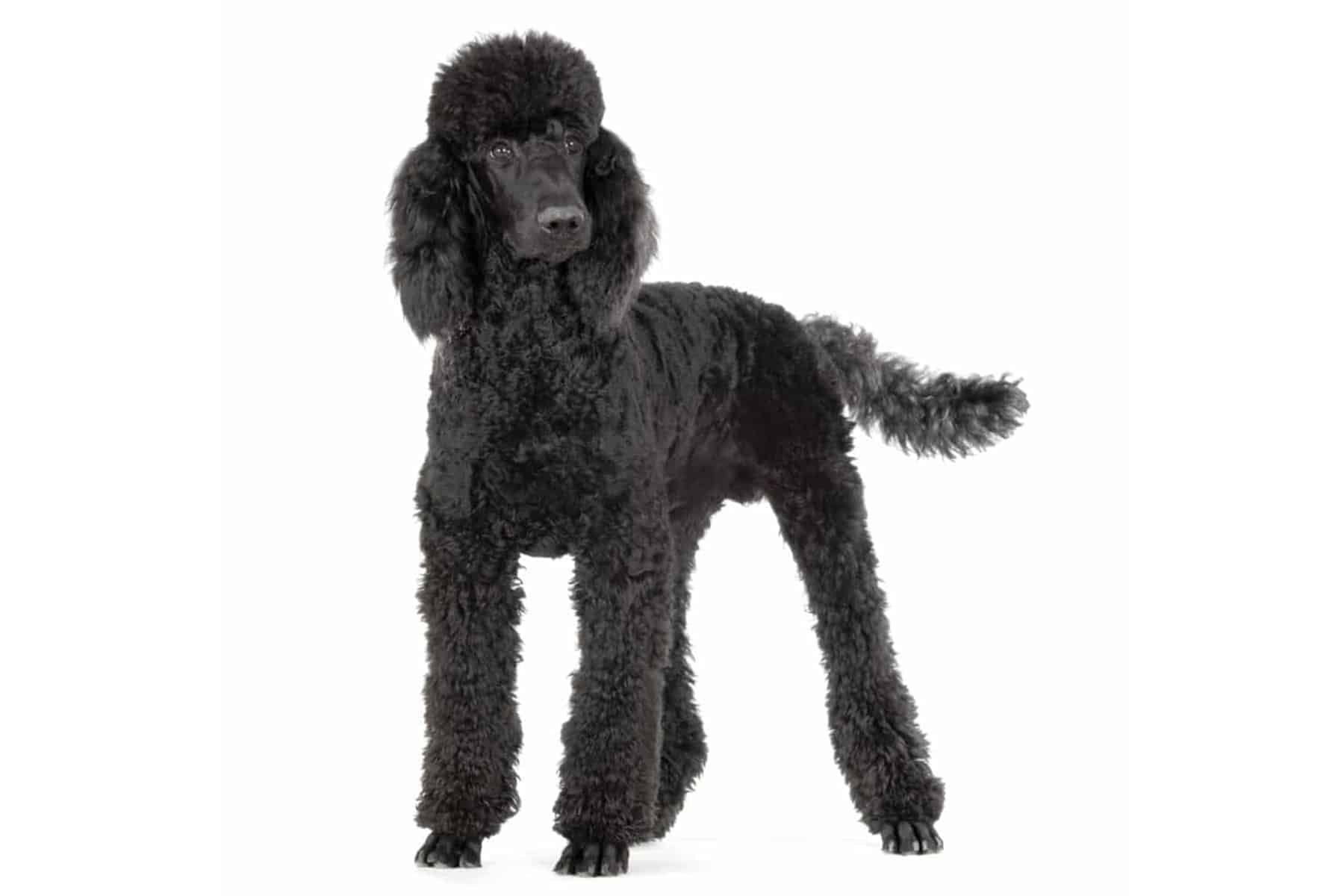
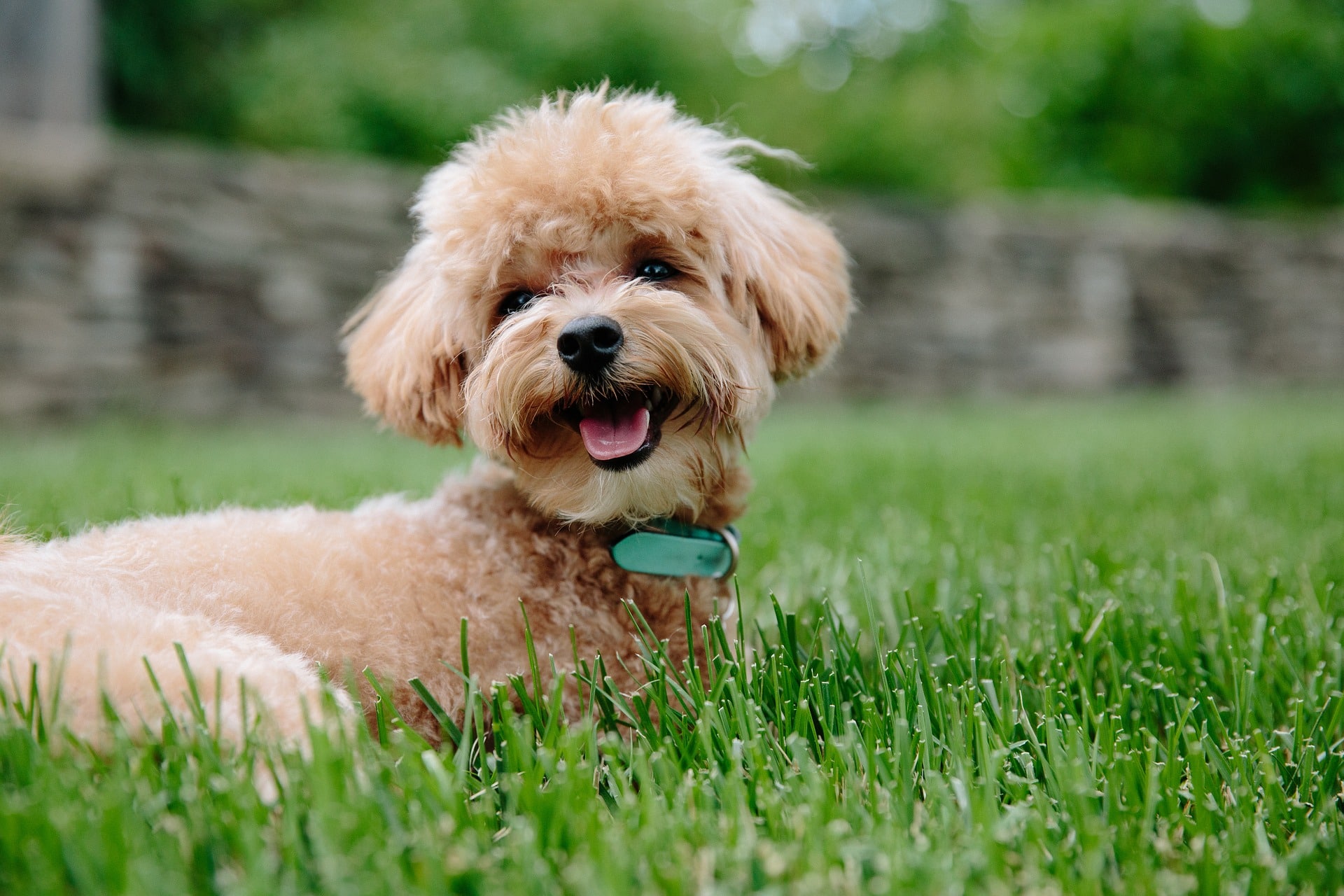
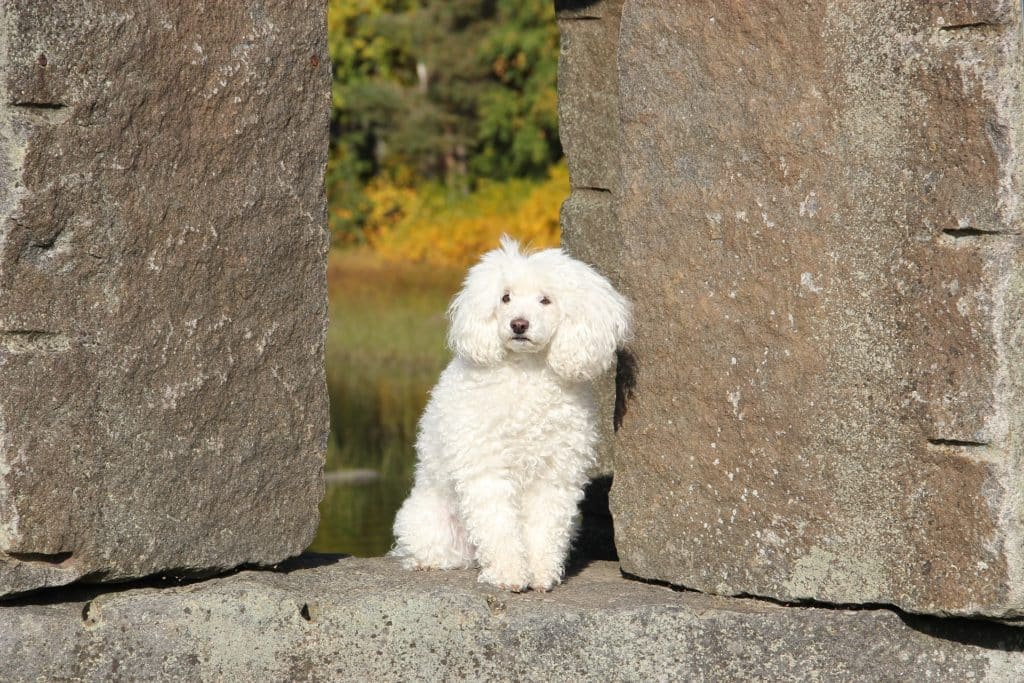
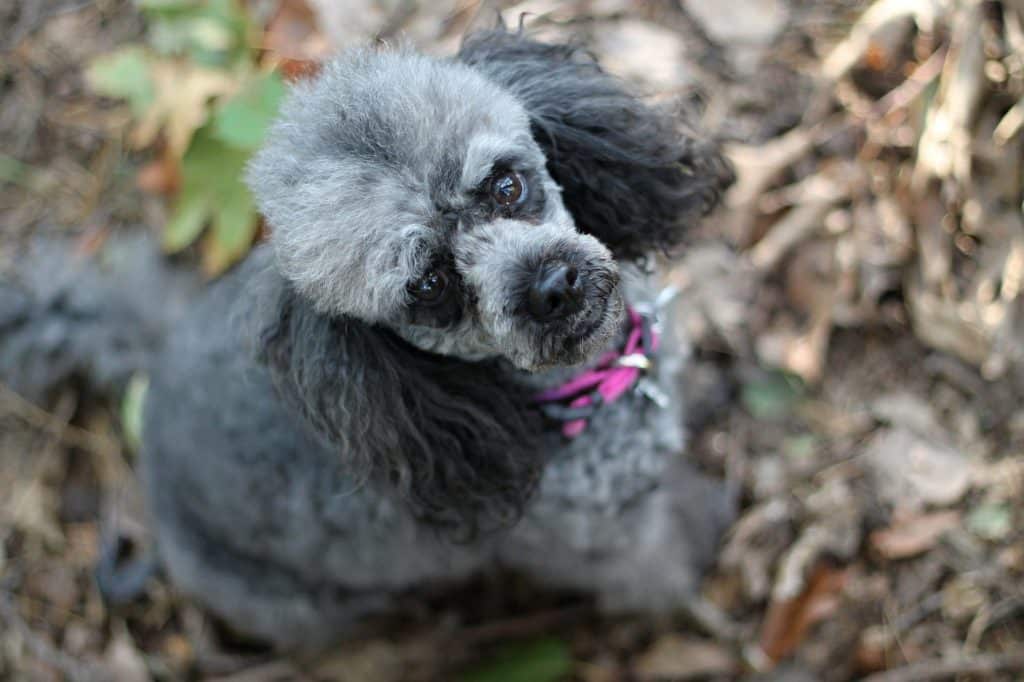
Temperament:
The image of the poodle has changed considerably over the centuries. Today, it is seen by many as a companion dog or lap dog. However, this breed is not only versatile in appearance, but also very intelligent and lively. It used to be a real hunting dog.
Characteristics
The poodle is a breed recognized by the FCI. It belongs to group 9, the social and companion dogs. The poodle even has its own section within this group, Section 2. Other names by which the breed is known, especially abroad, are Caniche, Barbone or Pudel.
There are 4 different sizes of poodle. The standard poodle reaches a shoulder height of 45 - 60 cm and a weight of up to 23 kg. The medium poodle reaches a shoulder height of 35 - 45 cm and weighs up to 12 kg. The miniature poodle has a shoulder height of 28 - 35 cm and weighs up to 7 kg. The small toy poodle is 24 - 28 cm tall and weighs up to 3 kg. Otherwise, the four types of poodle hardly differ externally.
The poodle's build is very slender and elegant. The head is narrow. It has an alert look and long, drooping ears.
A special feature of the poodle is its coat. It is long, very dense and curly to woolly. It belongs to the rough-haired dog breeds. According to the breed standard, the following coat colors are permitted: black, white, brown, silver, red, apricot. In addition, black and white, brown and white and black and brown pied. Other coat colors exist, but are not officially recognized by the FCI.
The poodle is a very intelligent and curious dog. It is said that the intelligence of this breed is only surpassed by the Border Collie. They are also very loving, playful, active, alert and affectionate. This makes them popular family and companion dogs. Their positive character traits have made the large poodle in particular a popular guide, assistance, disaster and sniffer dog. The smaller poodle varieties, on the other hand, are very popular as therapy dogs.
The poodle is very adaptable and can therefore also live well in the city. The smaller poodle breeds are particularly well suited to this. However, the poodle's urge to move and playfulness should not be underestimated. They should have plenty of opportunities to let off steam. Several walks throughout the day with play sessions in the park would be ideal.
The poodle is characterized by its loyalty and unconditional will. Due to its affection and its need to be loved, it can be a very good everyday companion if trained well. He loves to learn new tricks and is happy to take part in all activities.
Although the poodle was originally bred as a hunting dog, its hunting instinct is now very limited. With good socialization, these bright dogs get along well with other dogs of the same species. They also get along well with other animals. He likes to make himself known by barking, but is not an exaggerated barker.
If you want to keep a poodle, you should bear in mind that this breed can become very old. An age of 16 or even 18 years is quite possible. Apart from a few hereditary diseases, the breed is very robust.
Coat care:
Shedding:
Energy level:
Trainability:
Children suitable:
The right food
When choosing food, make sure that it contains high-quality ingredients, is balanced and meets your dog's requirements. Age, size or weight, activity and health status play an important role. You should follow the manufacturer's recommendations for the amount of food.
Treats should only be fed in moderation and deducted from the basic diet to avoid obesity.
Puppies can be fed 4-6 times a day. The number of meals should be gradually reduced to 2 per day until the dog is fully grown. A rest period should be observed after meals.
Fresh drinking water should be available at all times.
Health & Care
The poodle hardly loses any hair. The reason for this is not entirely clear and there are two possible explanations. On the one hand, the poodle's coat is constantly growing back and, unlike other breeds, the dogs do not really shed. On the other hand, the poodle's coat is woolly so that the loose hair simply gets caught in the dense curls.
There is truth in both statements. That's why grooming is so important for poodles. The coat must be brushed regularly and thoroughly to prevent matting.
The coat also grows very quickly, so it needs to be trimmed from time to time. It would be ideal to go to the groomer every 6 to 8 weeks. However, you should not wait longer than 3 months. Too long a coat not only makes grooming more difficult, but is also unpleasant for the dog.
Basically, you can also do the trimming yourself at home if you don't want a special dog hairstyle. The first time you should definitely go to a professional. Let them show you everything in detail before you try it yourself. A trimmer like this is very sharp and some parts of the dog's body are very sensitive. You could injure your dog.
If you only want to keep your poodle privately, he doesn't necessarily have to have the typical poodle hairstyle that you see in magazines and movies. However, if you want to take part in dog shows, one of the official hairstyles is mandatory. Otherwise he can't win a title.
Grooming the poodle is otherwise hardly any different from grooming other dog breeds. As grooming is so important, you should get your dog used to it as early as possible. This will make it more pleasant for both of you. Grooming a poodle is very time-consuming and takes time.
Suitable accessories
To groom a poodle's coat, you need a good, sturdy brush especially for poodles. It is also called a currycomb.
When choosing a brush, you must pay attention to how short your poodle is clipped. The brush must be able to penetrate deep into the coat. If it is too short, you will not reach the entire length. If the brush needles are too long, it can be uncomfortable for the dog.
If you use a brush with natural bristles, this has the positive side effect of giving your dog a soothing massage. It promotes blood circulation in the skin and removes dead skin cells. At the same time, the bond between you is strengthened.
In addition to the brush, you will need a coarse-toothed steel comb. This is used to carefully remove the small knots from the coat. And a small pair of curved scissors to cut the hair between the paws. They grow back very quickly. Not only do they become matted easily, but small stones can also get caught in them. This can cause pain when walking.
If you want to trim your poodle yourself, you will at least need a dog clipper and suitable scissors. But as I said, this is not for beginners.
Other things you will need for your poodle are tick tweezers, claw clippers, mild dog shampoo, dog toothbrush and cream, a transport box for transportation in the car and a first aid kit. It's best to ask your vet what should be in the first aid kit.
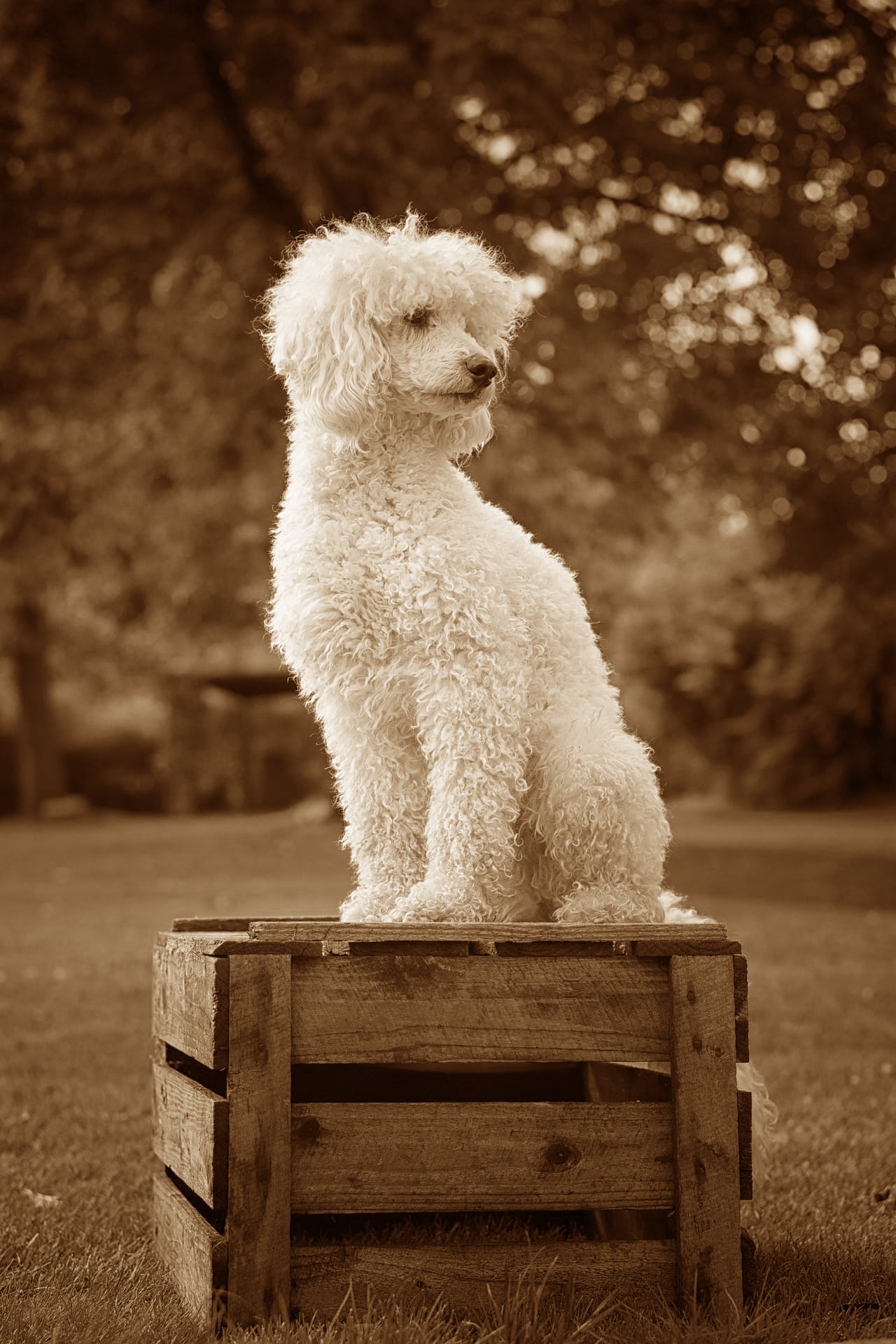
Origin & History
The exact origin of the poodle is not clear. The FCI officially states France as the country of origin. However, the name poodle is probably a derivation of the old German word "puddeln", which means to puddle or splash. The name comes from its earlier use as a hunting dog.
The poodle was a hunting and retrieving dog. It was mainly used to retrieve ducks and other waterfowl. Today's poodle hairstyle also dates from this time. The coat was shorn very short on the hindquarters and legs to make the dog lighter in the water. At the same time, it had more freedom of movement when swimming. In the chest area, on the other hand, it remained longer to keep the important organs such as the heart and lungs warm.
For a time, the poodle is also said to have been used as a herding dog. However, apart from one mention from the middle of the 16th century, there is no clear evidence of this. The poodle was probably bred in Germany and France.
The poodle is very similar to the Barbet. It is therefore assumed that the poodle originated through crossbreeding with this breed. Spanish water dogs may also have contributed to the development of the poodle. The origin of all poodle-like breeds is believed to be in Spain.
For a long time, there was no breed standard for poodles. However, they have been kept as hunting and companion dogs for several hundred years. The poodle was already prized in the Middle Ages. It was a favorite companion dog of the nobility throughout Europe.
It was not until the 19th century that the poodle was specifically bred according to a breed standard. At that time, there were only two sizes: the standard poodle and the small poodle. It was only later that other sizes and different color varieties were bred. Over time, these were also included in the breed standard by the FCI.
The special thing about the different poodle sizes is that they have been created exclusively through pure breeding and not through crossbreeding with other breeds. Therefore, all poodles, regardless of their size, are the same in appearance and character.
